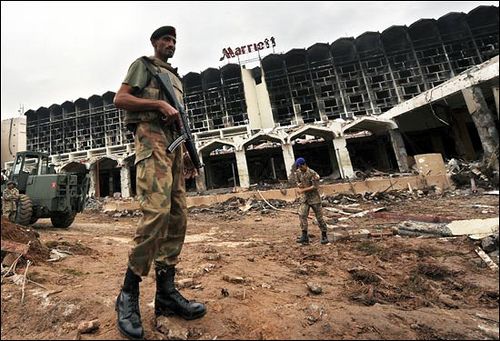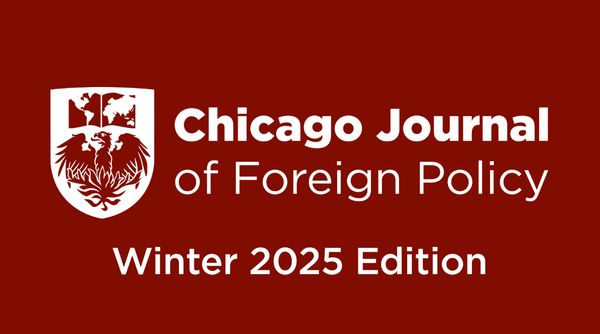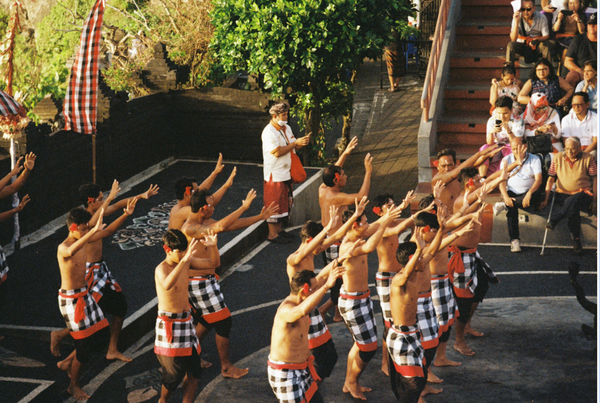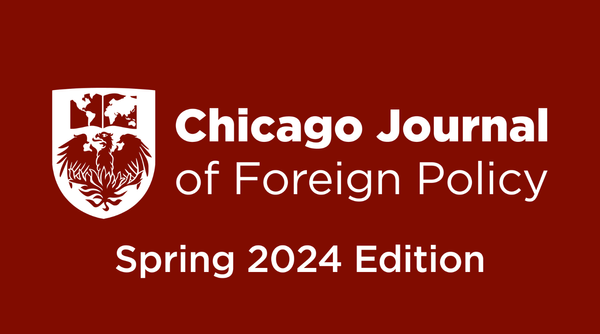Deradicalization in Pakistan

by MOHAMMAD TAIMUR ALI AHMAD
The attack on Army Public School (APS) Peshawar and the subsequent chain of events exposed a great deal about Pakistan’s counterterrorism policy. The sheer brutality of the act shook the masses and led them to come out on the streets in protest, while the audacity and success of the terrorists to attack an army institution caused a shift in the civil-military nexus. The message was loud and clear: the peace talks had failed and the time had come for the final offensive. Since then, military courts have been set up with the approval of the parliament and the moratorium on the death penalty has been uplifted. This knee-jerk reaction was largely to appease the masses that were demanding blood; more a short term façade than a long term, comprehensive policy. As Fatima Bhutto summed it “In Pakistan, blood will always have blood”.[1] Rather than adopting a path of retributive justice, the nation needs a restorative justice policy that will heal the social trauma it has continued to suffer for over a decade. To achieve this, education, not military offensives, needs to be the cornerstone of the counterterrorism policy.
The importance of education lies in the reality that Pakistan is not only suffering from extremism in the form of the Taliban; there are nation-wide extremist forces based on sectarian, ethnic and religious factors that have permeated into the social fabric. While there may be an operation ongoing against the terrorists in the North, it is impossible to adopt the same approach to counter other forms of surging violence that results from urbanly established extremist organization.. Sunni-Shia violence, church attacks, mob violence, honor killings and other forms of terrorism reflect a large portion of the society which has been radicalized – revolutionary and extremist, with an intent towards violence.[2] In response, seeking blood in vengeance and as an act of deterrence is bound to fail simply because the violence is merely a symptom of the ideological corruption of society. The only way to overcome this overarching dilemma is to embark on a de-radicalization program that caters to the varying needs of different sections of society.
The first task of this policy should be to target the militants that are either captured or have surrendered. Complementing the military offensive, deradicalization programs would not only succeed in rehabilitating the militants but would also break the cycle of alienating people around them and leaving their helplessness to be exploited by extremist forces. Therefore, the policy must have two tiers. The first should focus on the militants and countering the religious indoctrination through proper education and then rehabilitating them through vocational training to make them constructive members of society. The second aspect must focus on the families of the militants and grant them a necessary social safety net that includes education and economic development, including access to jobs. The re-integration of these people into society would have significant communal benefits as they can play a significant role in bringing prosperity and in deterring other individuals from falling into the trap of extremism. Therefore, the ripple effect would gradually ensure that there is an ideological shift in the communities as a whole and that the social roots of extremism are cut off. Also, the counterproductive policy of outsiders intruding and imposing their ideals would be neutralized because these people would be from the local communities and hence, more accepted.
The Pakistan Army has already taken this initiative after the Swat operation of 2008 by setting up two deradicalization camps: Mishal for adult militants and Sabaoon for boys aged 8 to 18 that were indoctrinated by the Taliban. As the former Chief of Army Staff General Kayani said, “There is no military solution to terrorism.” This mantra must be kept at the base of the state’s counterterrorism policy even in times of public disdain and demands for a swift reaction. Sabaoon, which is run by the Hum Pakistani Foundation and funded by UNICEF, provides children with psychological counselling to deal with the trauma, proper education to counter their extremist beliefs, and then vocational training to make them economically independent. This structure needs to be replicated and more national and international NGOs need to be incorporated to reach the grassroots and cater to as many victims as possible.
To deal with extremism in Pakistan at every level, two policies must be effectively implemented: grassroots economic development and madrassa (religious seminaries) reform. The former is necessary on the basis of poverty being a core factor that disrupts the social system and allows extremism to establish itself. The role of poverty in harboring and perpetuating extremism can no longer be denied[3]; therefore, any counterterrorism policy must use education as a means of making individuals and society economically prosperous. Rampant inequality, lack of jobs and corruption has left the labor class in a social limbo; they often work more than twelve hours a day in horrific conditions, purely at the mercy of their employers. The economic despair has left them without any social existence and the state has failed to grant them any identity or ideology to associate with. This creates the space that is filled by extremism as it gives those people a purpose and a way to show their existence in society. Therefore, the state must embark on projects that grant these people their universal rights, protect their individuality and humanity, and provide them with opportunities to prosper. For this, the first aspect of the policy must be curbing the energy crisis which currently hampers any work in rural areas. The second must be to provide microfinance opportunities to spur Small and Medium Enterprises (SMEs) growth that employs people from local communities, both male and female. The third must be setting up vocational training centers in rural areas to equip the people with technical skills that allows them to find employment. These policies would create a cycle of growth and development because the people will invest their incomes in their local communities and create large positive externalities.
Any discourse about necessary academic reform is incomplete without changing the madrassa system. The very concept of these seminaries have been increasingly associated with terrorism, a claim that is largely baseless. However, it is true that from the approximately 10,000 madrassas, there are a proportion that indoctrinate extremism under the garb of religion. The whole system cannot be, and should not be, done away with — madrassas tend to reach the grassroots of communities where schools do not exist, and in other cases, madrassas tend to be more trusted than schools due to their religious element. Reform, however, is vital to maximize the benefits of this system and rid it of any religious extremism. The problem lies in the fact that these institutes are often funded by foreign entities, organizations and governments.[4] Though the government tried to regulate them under the “Voluntary Registration and Regulation Ordinance 2002” by offering funding to any madrassa that officially registered with the government, this failed due to pressure from religious organizations and the omnipotent presence of foreign funding. The first step that must be taken is to bring religious organizations to the table and create a system whereby any madrassa must be registered with the government and must declare their sources of funding. Secondly, there should be a committee designed that creates a framework regarding the curriculum which must be followed by each madrassa. Subjects such as mathematics, science, history and computer skills must be incorporated into the system so that each student acquires the necessary skills to become economically viable. Thirdly, there must a government body that regulates the nature of religious teachings that are being taught and restrict any form of fundamentalism.
Though the aforementioned policies are merely a handful out of the numerous possible approaches, they are arguably the most important because of their individual and communal aspects and their tackling of extremism at an ideological and social level. It is an arduous task; great political will is required to rise against religious groups that will object to any form of interference and landowners that stand to lose profits because of a liberated labor class. The state has always had to bow down to these strong social forces before, but the specter of extremism in Pakistan looms so large that society is on the brink of disorder. The ideology of radicalism that leads to terrorism in all its forms must be countered at a human and social level, rather than trying to eradicate it through warfare. Before society becomes further dehumanized and desensitized to violence, it is necessary that the state brings all the stakeholders to the table to chalk out a counterterrorism policy that puts education right at the forefront.
[1] Bhutto, Fatima. “Pakistan’s Moral Catastrophe.” New York Times, March 17, 2015, Op-Ed sec. Accessed April 5, 2015. http://www.nytimes.com/2015/03/18/opinion/fatima-bhutto-pakistan-dont-execute-shafqat-hussain.html?_r=0.
[2] Schmid, Alex P. “Radicalisation, De-Radicalisation, Counter-Radicalisation: A Conceptual Discussion and Literature Review.” International Center for Counter-Terrorism, 2013, 6. Accessed April 5, 2015. http://www.icct.nl/download/file/ICCT-Schmid-Radicalisation-De-Radicalisation-Counter-Radicalisation-March-2013.pdf.
[3] Graff, Corinne. “Poverty, Development and Violent Extremism in Weak States.” 2010, 45. Accessed April 5, 2015. http://www.brookings.edu/~/media/research/files/papers/2010/3/confronting-poverty-graff/2010_confronting_poverty.pdf.
[4] Curtis, Lisa A. “U.S. Aid to Pakistan: Countering Extremism Through Education Reform.” Heritage Lectures, no. 1029 (2007): 4.





